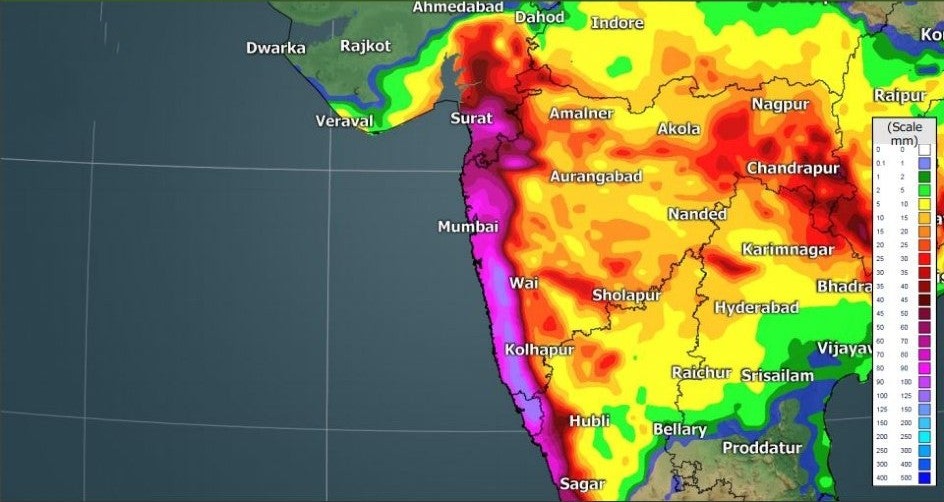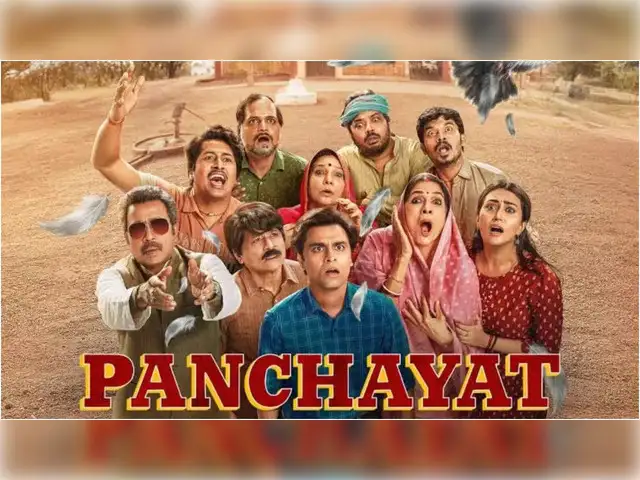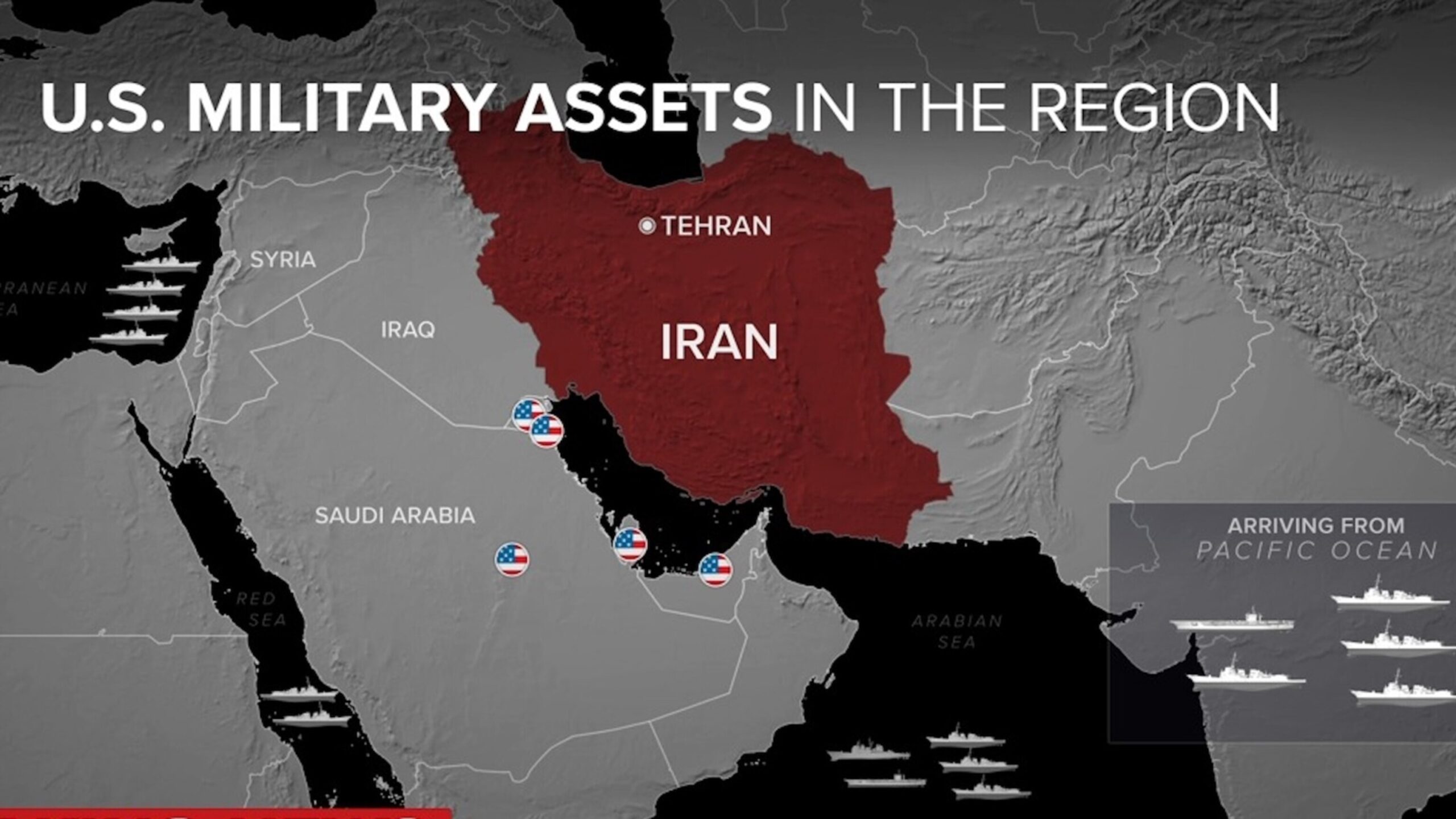
The southwest monsoon, a lifeline for India’s agriculture and water resources, is expected to be in full swing across most of the country by June 20, 2025. Having typically advanced from Kerala in late May or early June, the monsoon is likely to cover southern, eastern, and central regions, including Maharashtra, West Bengal, Odisha, and parts of Uttar Pradesh, by this date. The India Meteorological Department (IMD) projects a normal to slightly above-normal monsoon for 2025, driven by a neutral to weak La Niña influence, which could enhance rainfall in eastern and northeastern states. However, northern and northwestern regions like Rajasthan and parts of Punjab may still be in the transitional phase, experiencing sporadic showers rather than consistent monsoon rains. This variability shapes distinct weather patterns across India’s major cities, influencing daily life, agriculture, and infrastructure preparedness.
- In Mumbai, the monsoon’s arrival transforms the city into a vibrant yet challenging landscape. By June 20, 2025, the city is likely to experience heavy rainfall, with daily accumulations potentially exceeding 15 mm, leading to waterlogged streets in low-lying areas like Dadar and Andheri. The high humidity, often above 80%, combined with gusty winds from the Arabian Sea, creates a sticky and breezy atmosphere. Residents are accustomed to navigating these conditions, but the risk of disrupted public transport and localized flooding remains high. The city’s coastal location amplifies the monsoon’s intensity, making it a focal point for both scenic beauty and urban challenges during this season.
- Kolkata, situated in the monsoon-prone Gangetic plain, faces intense rainfall on June 20, 2025, as the Bay of Bengal branch of the monsoon delivers heavy showers. The city’s flat terrain and proximity to the Hooghly River increase the risk of flooding, particularly in areas like Howrah and Salt Lake. With humidity levels nearing 85%, the warm and muggy conditions can feel oppressive, though occasional thunderstorms provide relief. The monsoon’s cultural significance shines through in Kolkata, where festivals and street food stalls thrive despite the rain, but authorities will likely issue alerts for waterlogging and traffic disruptions on this date.contrast, Delhi’s experience with the monsoon on June 20, 2025, is likely to be less intense, as the city often sees the monsoon’s arrival in late June. Expect partly cloudy skies with light showers or thunderstorms, particularly in the evening, as the monsoon edges closer from central India. Temperatures hovering around 38°C keep the city warm, with humidity levels (60-70%) adding discomfort. Areas like Connaught Place and South Delhi may see brief disruptions due to sudden rains, but the city’s infrastructure is generally better equipped to handle lighter monsoon impacts compared to coastal cities like Mumbai.

- Southern cities like Bengaluru and Chennai showcase the monsoon’s diverse effects. Bengaluru, benefiting from its elevation, experiences moderate rainfall on June 20, 2025, with cloudy skies and showers that cool the city to a comfortable 28°C. However, waterlogging in areas like Koramangala remains a concern. Chennai, on the other hand, relies more on the northeast monsoon later in the year, so June rains are lighter, with a 20% chance of showers. Coastal humidity keeps conditions sticky, but the city’s IT hubs and daily routines are less disrupted compared to northern or western cities under heavier monsoon influence.
- In northeastern India, Guwahati is a hotspot for monsoon activity by mid-June. On June 20, 2025, the city is likely to see heavy rainfall, with 20-30 mm expected, driven by moisture from the Bay of Bengal. The Brahmaputra River’s proximity heightens flood risks in low-lying areas, and residents may face challenges with road access and power outages. Despite these challenges, the monsoon rejuvenates Assam’s tea gardens, critical to the region’s economy, highlighting the season’s dual role as both a boon and a challenge.
Broader Impact
The monsoon’s broader impact on June 20, 2025, underscores India’s dependence on this seasonal phenomenon for agriculture, particularly for kharif crops like rice and sugarcane. Cities like Hyderabad and Pune, in the Deccan region, will likely see moderate rainfall, supporting local farming while posing risks of urban flooding. Meanwhile, northern cities like Jaipur and Chandigarh, still on the cusp of full monsoon coverage, may experience hot and humid conditions with only occasional showers. Across India, the monsoon shapes not just the weather but also the rhythm of life, from bustling urban centers to rural farmlands, with each city adapting uniquely to its challenges and opportunities.








